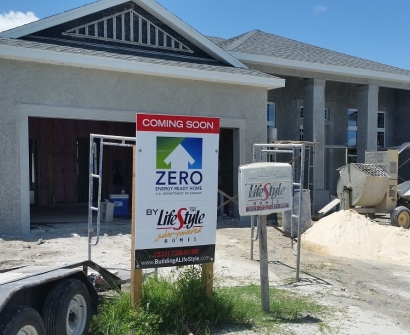
Electrification means switching appliances and equipment that would otherwise run on natural gas or propane—such as furnaces, water heating, stoves, and clothes dryers—to clean and efficient electric versions. With the electric grid increasingly powered by renewables such as solar and wind, and with advanced technologies like heat pumps and induction stoves now widely available, most experts agree this is the quickest way to zero-carbon buildings.
“Electrifying buildings is one of the most important tools for reaching zero carbon in the built environment. At the same time, some communities have goals but no clear guidance on how to get there. With this report, we’re walking them through the full spectrum of electrification policies they could adopt, along with examples of similar communities that have already gone down this path,” said Jim Meyers, SWEEP Buildings program director and author of the report. “Going a step further, we’re providing code language that local governments can adopt directly into their building codes.”
Cities and counties across the country, large and small, are evaluating, adopting, and implementing building electrification ordinances – proving that electrification is not only necessary, but doable. Electrification policies range from simple incentives to all-electric requirements for new construction, with several intermediary options such as electric-ready or electric-preferred.
“Municipalities in the Southwestern U.S. and across the country are actively pursuing this next step for their building energy codes,” stated Meyers, “but now they have a resource to turn to for examples and policy language.”
The Southwest Energy Efficiency Project (SWEEP) is a public-interest organization promoting greater energy efficiency in Arizona, Colorado, Nevada, New Mexico, Utah, and Wyoming.


